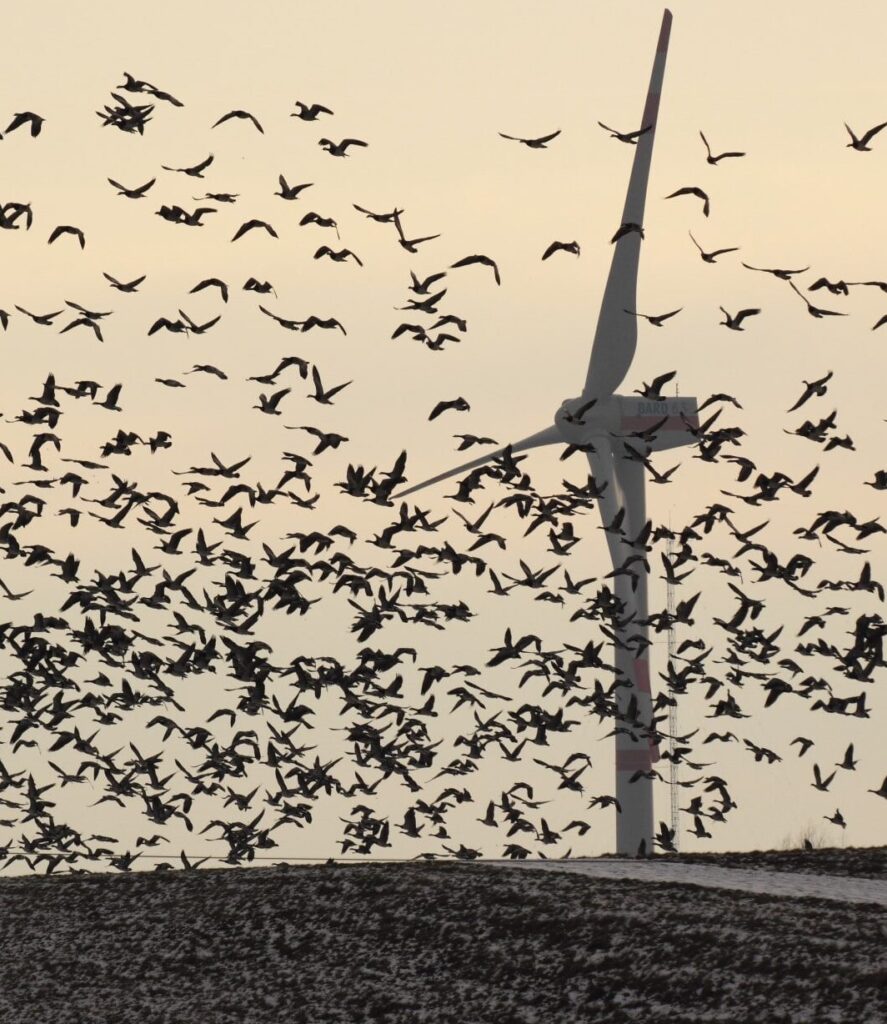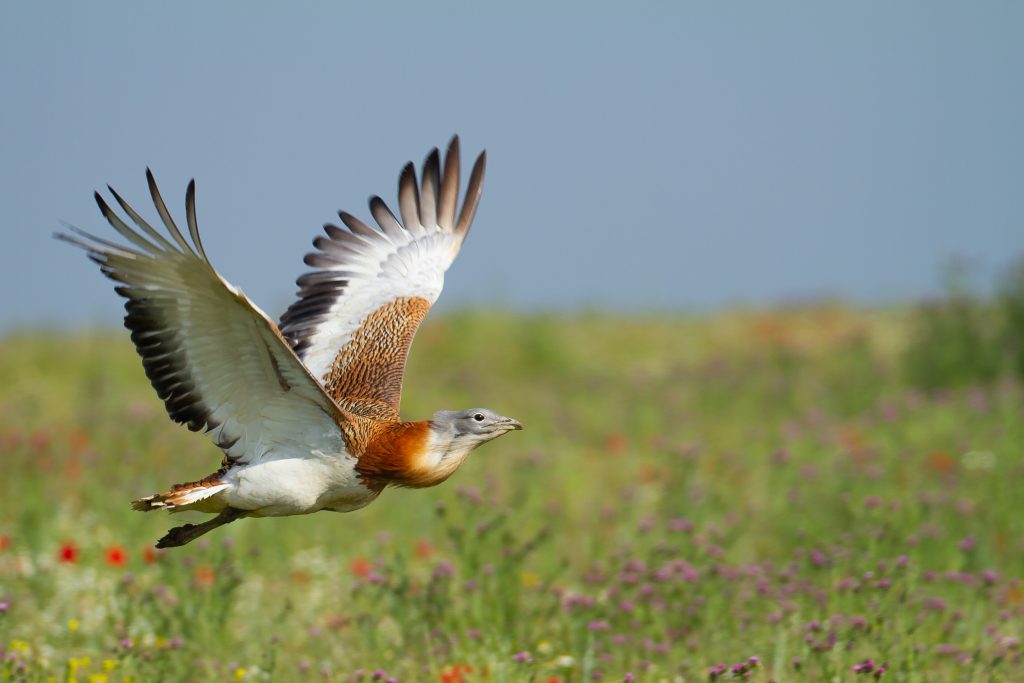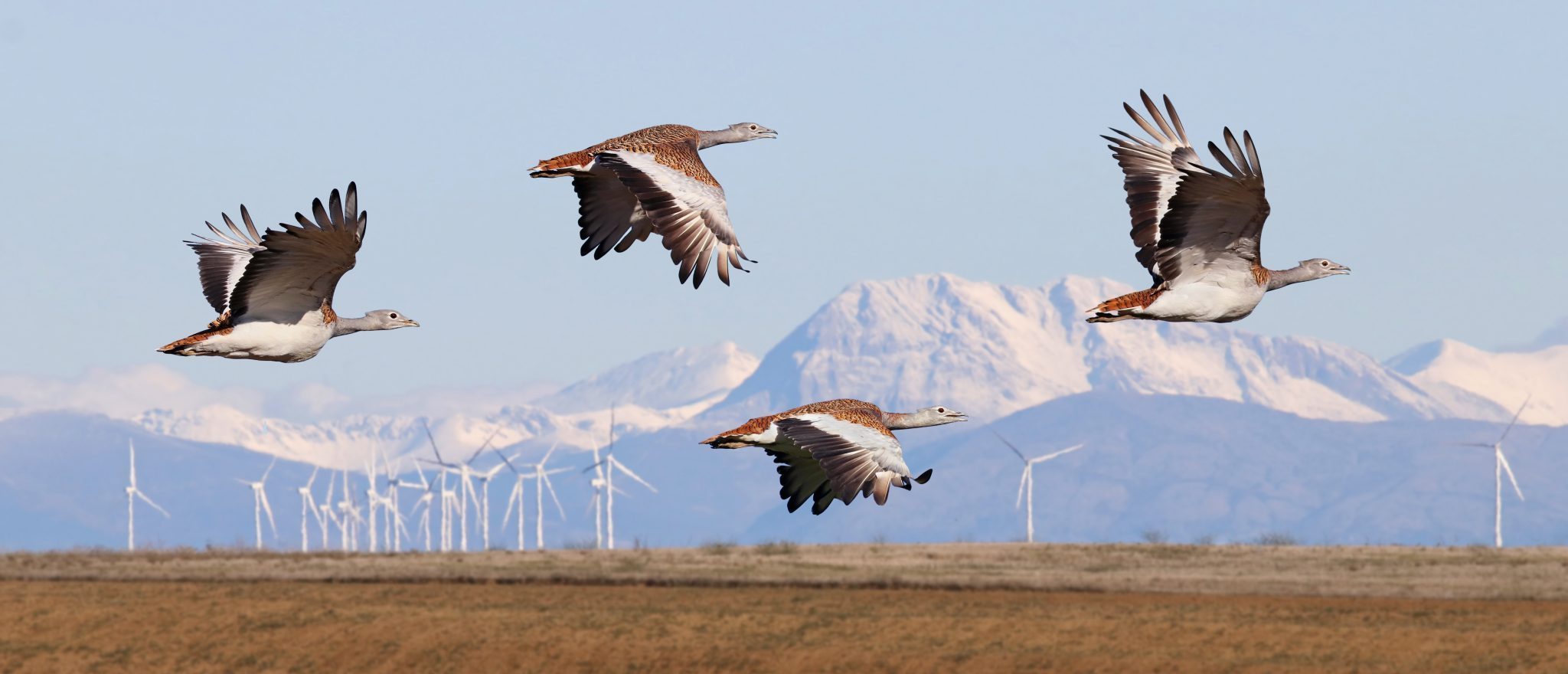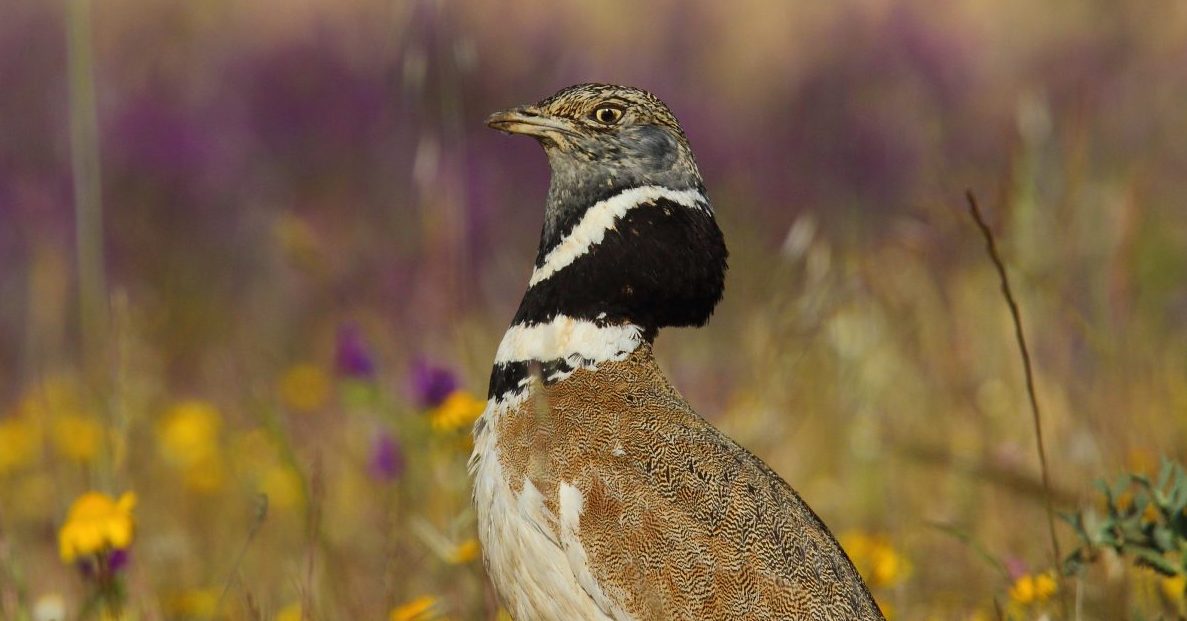Did you know that an estimated 16% of Great Indian Bustards (Critically Endangered) fatally hit high-voltage lines each year.
It’s not just Great Indian Bustards, every year hundreds of thousands of birds and bats collide with wind turbines and powerlines, while countless others are electrocuted or displaced by poorly planned infrastructure.
We are working to change that.
Watch to find out how we’re accelerating offshore wind expansion and protecting nature.
What are types of renewable energy infrastructure?
The infrastructure needed for renewable energy includes things like wind turbines and solar panels which capture natural sources like the sun and wind. It also involves powerlines to carry the electricity from where it originated to where it’s needed. While there are renewable energy infrastructure projects that are carefully designed to minimise environmental impact and maximise efficiency, there are cases where projects are rushed, poorly planned and executed badly. It doesn’t have to be this way and support like yours means we can continue working to provide the solutions.

What is AVISTEP?
BirdLife International has developed AVISTEP – the Avian Sensitivity Tool for Energy Planning to identify where renewable energy infrastructure could negatively impact birds and biodiversity, and should therefore be avoided. With this information, renewable energy development can be targeted towards low-risk areas, thereby mainstreaming biodiversity concerns across the sector and ensuring that we meet renewable energy targets without worsening the biodiversity crisis.

Bustards
Bustards are a highly threatened family of birds. They are relatively fast, heavy fliers that have trouble seeing straight ahead, making them particularly susceptible to accidents at powerlines. These infrastructures can also displace them from immediately adjacent habitat and act as barriers, that split up their living areas.

